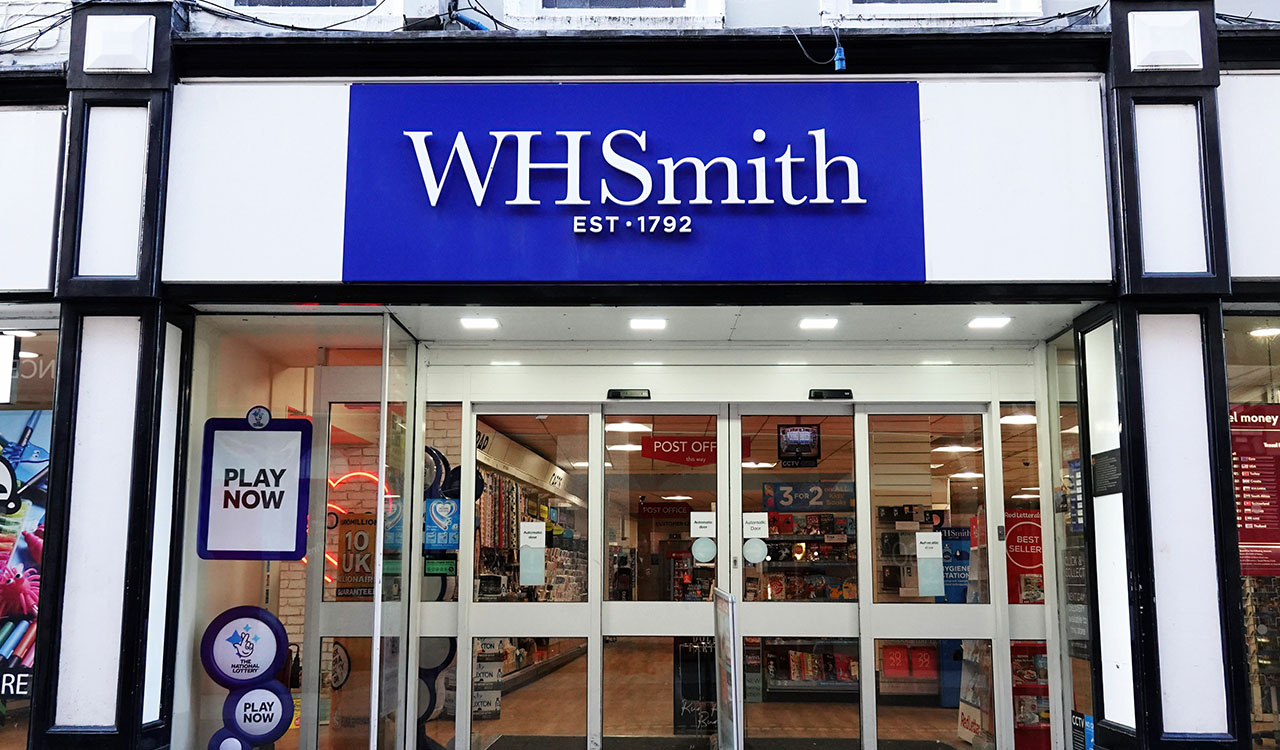Shein (pronounced shee-in), the China based sizzling hot, (or should I say way cool), fast-fashion brand is transcending Zara, who created the model a couple decades ago. According to Statista, Zara is still ranked first in number of stores worldwide, (about 4500), with H&M second, (about 2500), and revenues of about $12.9 billion for Zara and about $12.5 billion for H&M. But Shein caught my attention big-time.
Shein’s Astounding Growth
So, what’s the big deal? First, since Shein is a private company, it has been estimated that they are generating revenues of between $8 and $10 billion a year. And, I would say that’s a big “f…ing” deal as our President might say. But wait! Get this: In May 2021, according to a HBS case study, Shein overtook Amazon as the most downloaded shopping app in the U.S. iOS and Android app stores.
With direct access to customers providing instant data collection, Shein is a master player of using big data and analytics to generate intelligence. They own their own customer data, which enables them to track purchasing history combined with preferences to create new designs within as few as three days.
And there’s more! According to Measurable.Ai, (“MAI”), Shein has grown 100 percent over the last eight years, making it the fastest growing ecommerce company in the world. As I said, it caught my undivided attention.
How did they do that? Well, for older people like me who may have limited awareness of this online-only apparel brand, there are millions of Gen Z eyeballs, now worldwide, who cannot tap onto the Shein site often enough to satiate their compulsive purchasing addictions. And of course, those young eyeballs are seeing prices so low they can’t believe it. And that leads to what? Buy, buy, and more buy. Which should be shocking the C-suites of Zara and H&M awake.
Origin Story
Even though Shein launched in the U.S. around 2008 selling wedding dresses made in China’s low, low, and lower cost manufacturing plants (so low, that the selling price was $200 vs. the identical dress in the US for $1000), I’m sure it wasn’t on Zara’s or H&M’s radar. But between then and now, Shein has grown exponentially, and ships to 200 countries. If Morgan Stanley’s estimate is right that Shein will generate $20 billion in revenues in 2022, it would make the brand the fourth biggest apparel retailer in the world just behind Inditex Zara, Fast Retailing (Uniqlo) and H&M.
Are you kidding me? Talk about a BIG deal. And it’s the worst-kept secret among next-gen consumers who make this brand a phenomenal story.
A Fusion of Entrepreneurial Leadership, Technology, and Intelligence
In 2008, Shein’s founder, , Chris Yangtian Xu, operated out of small Chinese garment factories in the Guangzhou region and built Shein’s own website as a D-to-C model, rather than becoming a third-party seller on sites such as Amazon. Xu’s background was not in the fashion industry, but rather in the branding and search-engine-optimization departments of a digital marketing company. So, he understood the power of digital marketing to draw consumers into the brand, and then collect, manage, and analyze customer data. In other words, Xu understood the power of the Shein brand’s direct connection with its consumers.
The Business Model
- Product and Category Expansion: Starting with wedding dresses in 2008, Shein expanded its product offerings to dresses, tops, bottoms, shoes, jewelry, and accessories. According to the HBS case study, over time Shein adjusted its navigation categories to Women, Curve Plus, Kids, Men, Beauty, and Home. And under Women it added activewear, lingerie and lounge, and combined shoes and accessories. Shein is now an all-inclusive fast-fashion e-store, providing free delivery and returns.
- Faster Fashion: Zara pioneered the quintessential fast-fashion supply chain, reducing the time cycle from production to its stores to three weeks with the ability to turn out 12,000 new designs annually. Shein launched over 150,000 new items in 2020 and reduced their source-to- store time cycle to one week. By 2021, Shein was turning out an average of 2000 new products per day. All of this without physical stores. The HBS case study is called “Shein, the ultra-fast, 2.0 version of fast-fashion.” And HBS wasn’t kidding.
- Sell Lower: A basic dress from Zara is priced between $30 and $40; Shein’s similar dress is priced under $10, and they provide a more diverse selection. Shein offers entire outfits, including shoes and accessories for less than $30. Examples of the least expensive selections include tops under $5.99, dresses under $9.99, and clearance items under $5.
When you consider the fact that Shein is turning out new, on-trend stuff on a daily basis, based on tons of continuously mined consumer data, along with eye-popping low prices, it’s easy to understand how Shein’s daily total shipment was about one million packages, with each order totaling an average price of $70, in June 2021.
Customers
The HBS study cited Shein’s core customers as females aged 15 to 35. And a 2020 survey of 9800 American teenagers found that Shein surpassed Amazon as their favorite online fashion store. If you add in the fact that these young consumers spend an enormous amount of time on social media platforms where they share everything, including fashion trends, etc., it’s easy to understand Shein’s social influence. It’s the fastest growing company in the world because it delivers affordable, fashionable, and desirable “necessities” for a diverse group of loyal young consumers.
Marketing and Branding
Shein knows the power of collaborations with music icons, popular influencers, and capsule collections with reality stars. They have built a vibrant community with Gen Z shoppers continuously promoting the brand through social media. Shein gets it and leverages Tik Tock, Instagram, and YouTube. In fact, their customers and influencers are interchangeable. Customers can get 10 to 20 percent commissions for each referred sale with some free product deals to sweeten the compensation arrangements.
Data, Design and Supply Chain
Data- and technology-driven supply chains have changed the world, particularly when it comes to the fast-fashion model. While Zara pioneered the superior use of both, Shein has taken it to another level. With direct access to customers providing instant data collection, Shein is a master player of using big data and analytics to generate intelligence. They own their own customer data, which enables them to track purchasing history combined with preferences to create new designs within as few as three days, according to Matthew Brennan, a Beijing-based writer and analyst of Chinese technology. It’s also important to note that these real-time creations can be totally different for each of the 200 plus countries they deliver to.
The ability to accomplish this level of a rapid creative cycle requires a very flexible and agile supply chain. Shein chooses smaller factories to commit to making 100 or fewer items per batch every week (from prototype to production, so that it can quickly test the products in each market). This allows them to quickly ramp up production of winners and shut down the losers. Conversely, Zara’s minimum batch size is about 300 to 500 pieces, and it takes two to three weeks from prototype to production.
Trouble in Paradise
Measurable.Ai quotes Shein’s philosophy as “Everyone can enjoy the beauty of fashion.” Although it’s a positive aspiration, the analyst’s question, “Behind the public eye, just how ethical and sustainable is this ecommerce company touted to be the future of fast fashion?”
Shein does not score highly on the ethics scale regarding environmental impactand labor conditions. Shein is accused of making “zero effort to rectify “ the use of hazardous chemicals, carbon emissions to the use of microplastics. Furthermore, Shein’s mass production of cheap clothing based on its ‘on-demand’ algorithm is perpetuating a throwaway fashion culture amongst younger generations, according to Measurable.Ai.
BBC News reports that Shein is not making an effort to improve its laborers’ working situation. The workers are clocking in excess of 75 hours a week and since they are paid per item of apparel, it incentivizes workers to churn out items quickly and to work longer. And there have been rumors of Shein using child labor.
Then there is the issue of product quality, creating a “throwaway” mentality due to Shein’s ultra-low prices, which leads to dumping into landfills and the ocean. The global fashion industry generates about 4 to 10 percent of total greenhouse gas emissions, more than all international flights and maritime shipping combined.
A survey done by Trust Pilot found that 43 percent of people rated Shein as“bad,” and a YouTube review video shows Shein products that were delivered in the wrong size or the wrong fit.
The Future
Yes, but. The future of fast fashion, in general, and Shein in particular, is in the wallets of Gen Z. And as I have often questioned, that although they strongly talk the talk about saving the planet and supporting humane treatment of workers, among other such altruistic values, will they walk the walk?
So far, the answer seems to be no. Therefore, Shein has a very long runway, and Zara and H&M have a lot to worry about.





